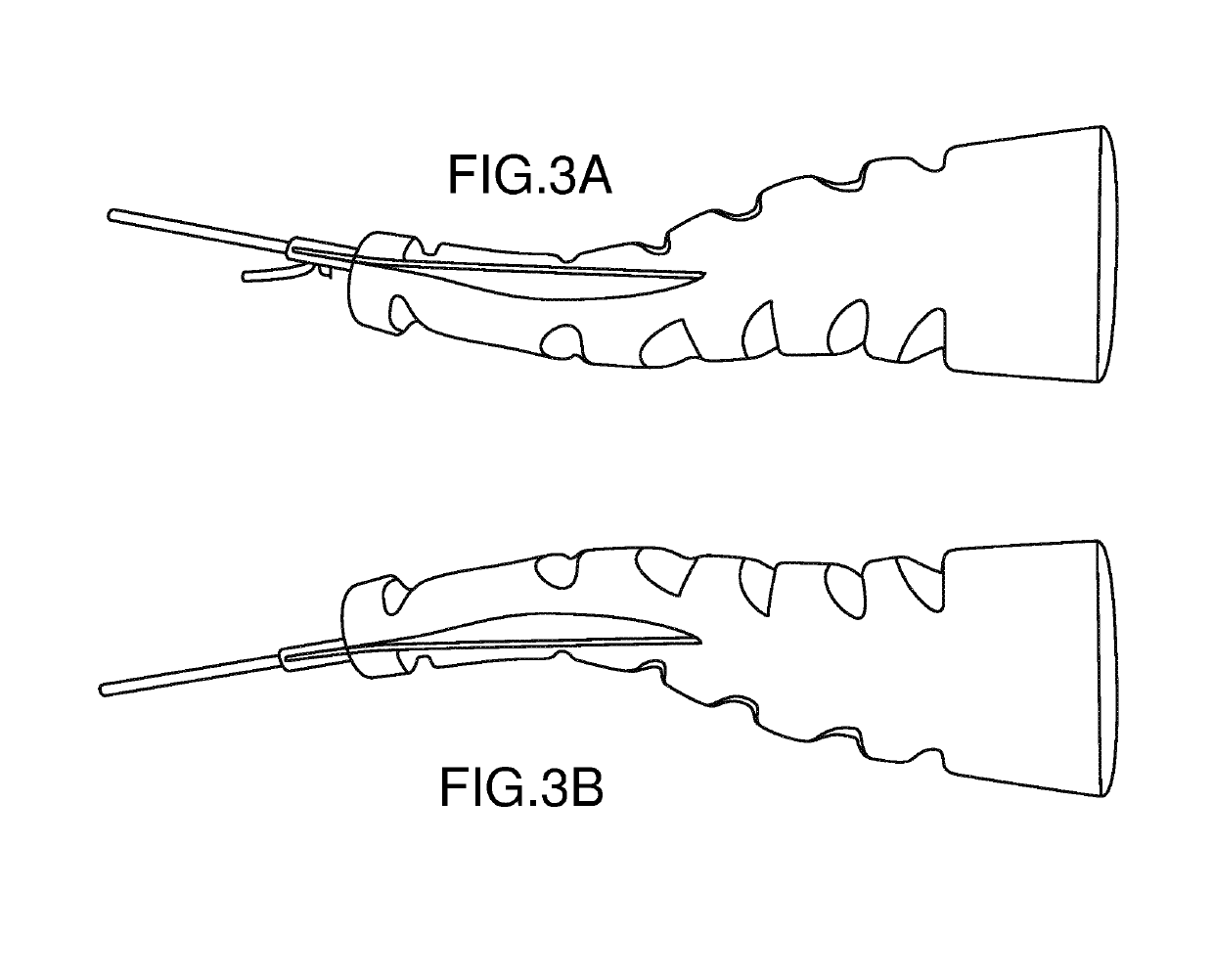Modular biomimetic underwater vehicle
a biomimetic underwater vehicle and module technology, applied in special purpose vessels, instruments, image enhancement, etc., can solve the problems of insufficient exploration of the subsurface ocean environment, inability to overcome problems, and high operating costs of rovs, so as to reduce the length of powered wires, and simplify the effect of the mechanism
- Summary
- Abstract
- Description
- Claims
- Application Information
AI Technical Summary
Benefits of technology
Problems solved by technology
Method used
Image
Examples
Embodiment Construction
[0033]Embodiments of the present invention describe a modular, bio-inspired underwater vehicle (“BIV”) for use in scientific research, exploration, watercraft maintenance, fishery maintenance, and other applications in both fresh and saltwater settings. It should be understood that the term “vehicle”, as used herein, is not intended to be restricted to a machine that transports people or cargo. Rather, this term is intended to refer to any mechanical propulsion device intended to operate underwater for the purposes as described above. Embodiments of a BIV comprise an aquatic robot or drone whose main propulsion mimics the swim patterns of a living marine animal, such as a fish. This type of propulsion is much more energy-efficient a propeller-based thruster, commonly used in the prior art. As a result, embodiments of a BIV can achieve the same or better operational time as a thruster-based AUV using the same or smaller energy storage unit. By reducing the size and, thus, the weight ...
PUM
 Login to View More
Login to View More Abstract
Description
Claims
Application Information
 Login to View More
Login to View More - R&D
- Intellectual Property
- Life Sciences
- Materials
- Tech Scout
- Unparalleled Data Quality
- Higher Quality Content
- 60% Fewer Hallucinations
Browse by: Latest US Patents, China's latest patents, Technical Efficacy Thesaurus, Application Domain, Technology Topic, Popular Technical Reports.
© 2025 PatSnap. All rights reserved.Legal|Privacy policy|Modern Slavery Act Transparency Statement|Sitemap|About US| Contact US: help@patsnap.com



